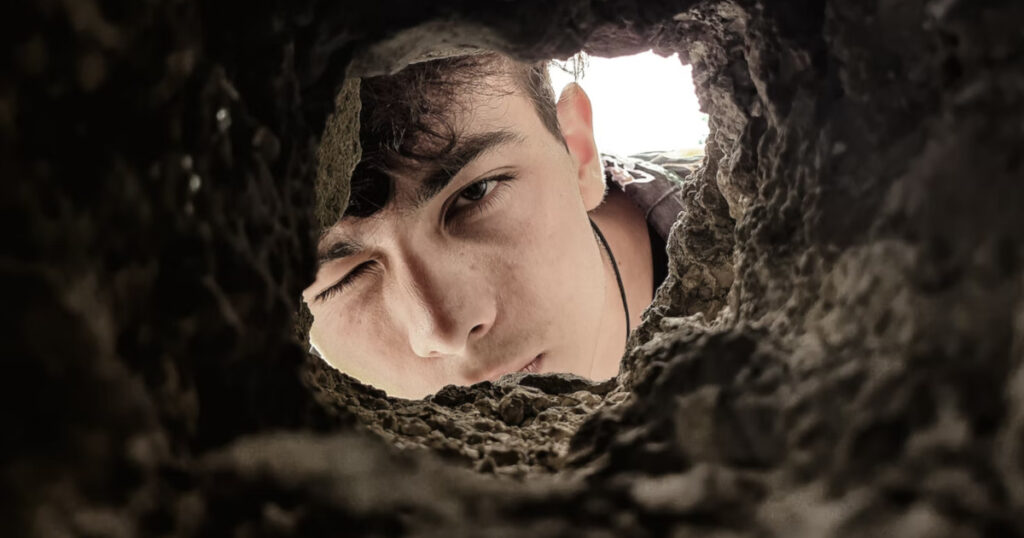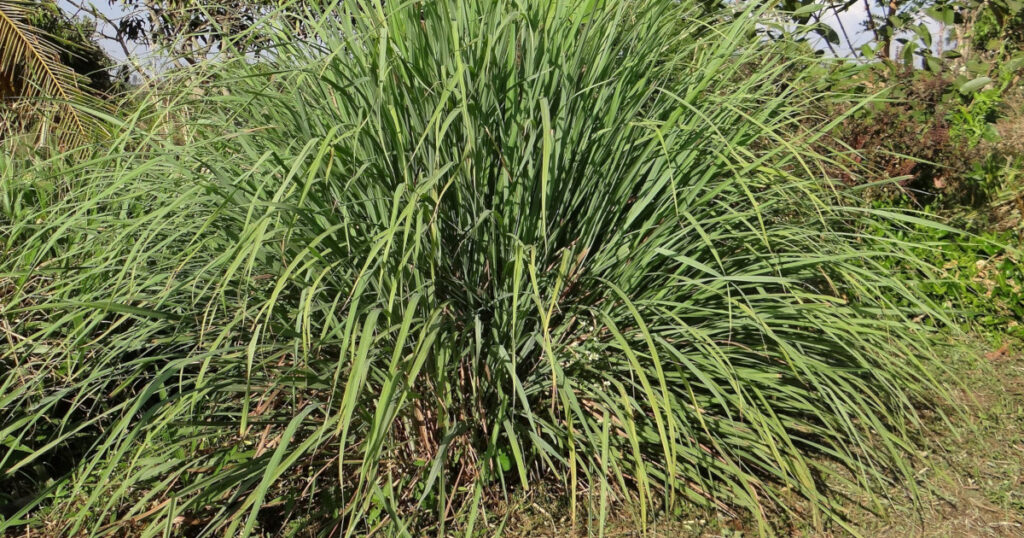Snakes live in many environments across the USA. However, they tend to prefer spaces where they can wedge themselves. Sometimes this means that they live in rock crevices, however, sometimes they use snake holes in yard areas.
What Are Snake Holes?

Snake holes are locations where snakes are living, normally a hole in the loose substrate. However, that doesn’t mean that the snake dug the hole. Few snakes can dig. Generally speaking, snakes are occupying holes and burrows from other creatures.
Some snakes, like the corn snake (pantherophis guttatus) will find a burrow of prey, like mice, eat the inhabitants and then use the burrow as their own home. This tactic is used by other species out of the USA as well, for example, the royal python (python regius) is known to do the same tactic.
There are some snake groups, often those in the garter and hognose family, where they prey on amphibians, and as a result don’t tend to inhabit prey holes. That doesn’t mean that they won’t live in snake holes in yard locations, they will inhabit these areas, it is just that they’ve normally been abandoned.
Many species, like the plains hognose (heterodon nasicus) will not typically hunt prey down a hole, but they will utilize them.
Why do Snakes Hide in Holes
There are several reasons why snakes will use snake holes. Snakes will hide in the holes at night or during the middle of the day when they’re not active. It might be because they’ve recently eaten and they need a space to digest their meal.
Another reason is that they are looking for a good space for shedding. Snake holes are normally warm and humid, perfect conditions for the snake to shed in.
Snakes might also hide in holes when they are brumating, especially during the winter.
How to Tell Whether There are Snake Holes in my Yard?

What do snake holes look like in yard spaces? Can you identify them easily? These are questions that are often asked by homeowners.
Determining whether or not you have a snake hole in the yard can be very challenging. A hole that is used by a rodent and a snake are identical, partly because the snake inhabits rodent holes. You can compare pictures of snake holes in yard spaces across the US. These can be found on Google but they aren’t always reliable.
Another option is to look for other signs snakes might be in your backyard. For example, when you have snakes in the area, you tend to see their prey, rats, mice, and other rodents. Or you might find snake skins or snake droppings in your yard.
You might also be concerned that you’ve heard a hiss in the garden. Or perhaps you’ve seen a snake in the yard.
Whatever the reason, there is no guarantee that a hole is a snake hole in your yard. That is unless you dig the snake out. However, this option is poor as there are a few snake species that you don’t want to disturb without experience.
Copperhead Snake
Snake holes in the yard that are inhabited by copperhead snakes (agkistrodon contortrix) can be particularly concerning because it is a venomous snake. Therefore, you don’t want to dig up this snake’s home, a small bite from this snake can be dangerous and would need immediate action.
There is little protection you can provide yourself when digging a hole with a copperhead snake in it. It could bite through a boot, glove, or other clothing. The best option is to have a professional remove the snake if there is one.
Garter Snake
Snake holes in yard spaces that are occupied by garter snakes, regardless of species, can be risky. Garter snakes live communally, living in groups that can range from three or fifty. When they are out in the open, they tend not to be seen in groups, though there are times when they can be seen in groups.
While the garter snake is non-venomous, it does musk and lots of the adults biting can sometimes be very painful.
What to Do With Snake Holes in Yard Spaces?

There are many things that you can do with snake holes in yard spaces. If you don’t want to have snakes on your property, then you can look at options for ensuring that they leave the area. You might want to try and call out a snake catcher, but they might not want to catch a potential snake that is located in a hole.
Another option is to use tactics to repel a snake. Numerous non-lethal and environmental options are available for this.
One option is to use plants in your yard that will repel snakes. Onions, garlic, and other plants often disrupt the senses of snakes, hindering their ability to hunt. Therefore, they will often leave an area to find a place where they can hunt better.
Another option is to use fox urine, which simulates the presence of a natural predator. Snakes will often leave these spaces to avoid the ‘predator’.
The final option is to use Envirobug. This small device creates vibrations in the ground that mimic the vibrations a large predator will make. Snakes will sense these and they will leave an area, not wanting to confront the predator.
Envirobug is completely environmentally friendly. There is also a great solar-powered option.
Final Word: How to Get Rid of Snake Holes in Your Yard
Snakes do not create burrows themselves. Instead, they use the burrows and holes that they naturally find. This can be an abandoned rodent burrow or one that another creature has made. Or it can be one where they’ve hunted down a prey item, eaten the prey item, and then chosen to live in the hole themselves.
There are numerous ways to get rid of the snake holes, with repellents the most effective option as it removes the snakes from your yard and it will also prevent other snakes from setting up home in the same holes.